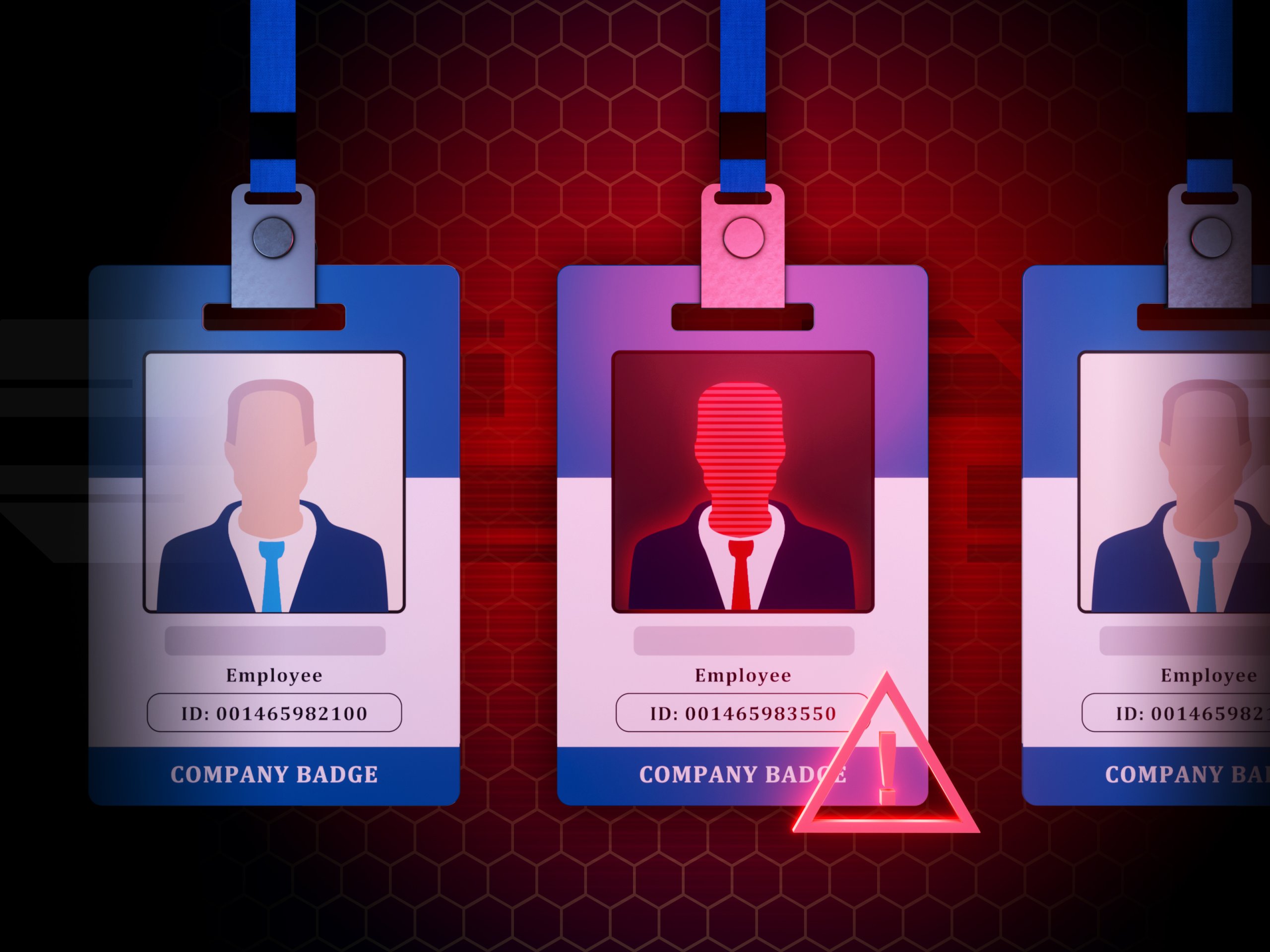
When people think of cybersecurity threats, they often imagine shadowy hackers launching sophisticated malware. However, not all threats come from the outside. Insider threats, those originating from within your organization, can be just as damaging, and often harder to detect.
While much of the focus around insider threats centers on digital access, physical security is just as critical. Without strong physical safeguards, even the most robust cybersecurity controls can be bypassed by someone with direct access to servers, sensitive documents, or secure workspaces.
In this article, we’ll explore how insider threats manifest through physical access and what security measures you can implement to prevent unauthorized entry and data theft.
What Is an Insider Threat?
An insider threat is any risk posed to an organization by someone with legitimate access, such as employees, contractors, or vendors, who intentionally or unintentionally causes harm. This includes:
- Disgruntled employees stealing data
- Careless staff exposing physical assets
- Contractors accessing unauthorized areas
- Social engineering tactics to piggyback an unauthorized person into secure zones
The potential damage can range from data breaches and intellectual property theft to sabotage of physical systems.
Why Physical Security Still Matters
With the rise of cloud storage and remote work, it’s easy to assume that physical access is less important. But many insider attacks still involve:
- Plugging in unauthorized devices
- Accessing server rooms or network closets
- Stealing printed sensitive documents
- Tampering with hardware or security cameras
A strong physical security strategy helps close these gaps and complements your cybersecurity measures.
Key Physical Security Measures to Prevent Insider Threats
- Access Control Systems
Implement keycard, biometric, or PIN-based access systems for secure areas. These allow you to:
- Restrict access to authorized personnel
- Track who enters and exits specific zones
- Set time-based restrictions (e.g., off-hours access limits)
Avoid shared access codes and utilize unique credentials, which are key to accountability.
- Visitor Management Procedures
Every visitor, including vendors, clients, and delivery personnel, should:
- Be signed in at a reception or security desk
- Wear visible guest badges
- Be escorted in secure areas
Digital visitor logs offer a reliable way to track who accessed your facilities and when, which can be an essential resource during investigations. Read our article about visitor management procedures and how they relate to PCI DSS requirements.
- Physical Surveillance and Monitoring
Install CCTV cameras in sensitive areas, including:
- Entry and exit points
- Server and data storage rooms
- Supply closets with high-value equipment
Use motion detection and real-time alerts to identify unauthorized movements after hours.
- Device and Media Controls
Limit physical access to:
- External drives and removable media
- Unused network ports
- Printers and fax machines that may store sensitive data
Maintain device logs and use locked storage for laptops, backups, and USB drives.
- Segregation of Duties and Access Zones
Not every employee needs access to every area. Adopt a “least privilege” model:
- Restrict access based on roles and responsibilities
- Use color-coded ID badges to identify access levels
- Separate high-risk areas, like server rooms, from general workspaces
This helps limit the blast radius of an insider threat. Read our article about a university student who was charged with cloning key fobs and accessing unauthorized areas. We discuss RFID technology, its vulnerabilities, and how higher education institutions can improve their physical security.
- Security Awareness and Insider Threat Training
Many insider incidents are unintentional. Provide employee training to:
- Recognize tailgating attempts
- Lock workstations and file cabinets
- Report suspicious behavior
Regular reminders and scenario-based tabletop exercises can help keep security top of mind.
- Conduct Regular Physical Security Audits
Just like a cybersecurity audit, a physical security assessment helps:
- Identify vulnerabilities (e.g., unlocked doors, blind camera spots, improper storage of sensitive data, unlocked computer screens, etc.)
- Validate badge access logs
- Confirm that terminated employees have had their credentials revoked
Periodic reviews ensure policies remain effective and adaptive.
Final Thoughts: A Unified Approach
Insider threats demand a comprehensive security mindset, blending digital controls with physical safeguards. As more organizations embrace hybrid work and shared office spaces, it’s critical to harden your physical perimeter and limit access to the most sensitive areas.
By layering physical security with strong cybersecurity practices, you can create a more resilient environment where people, data, and infrastructure are all better protected from the threats within.
RedLens InfoSec, a division of CampusGuard, performs a comprehensive check of your physical security controls, including checking all the doors and entryways for easy access points, attempting to bypass keyed and keyless systems, and gaining access to sensitive areas through tailgating or covert methods.
Contact us to test the physical security of your organization. Get started today!

